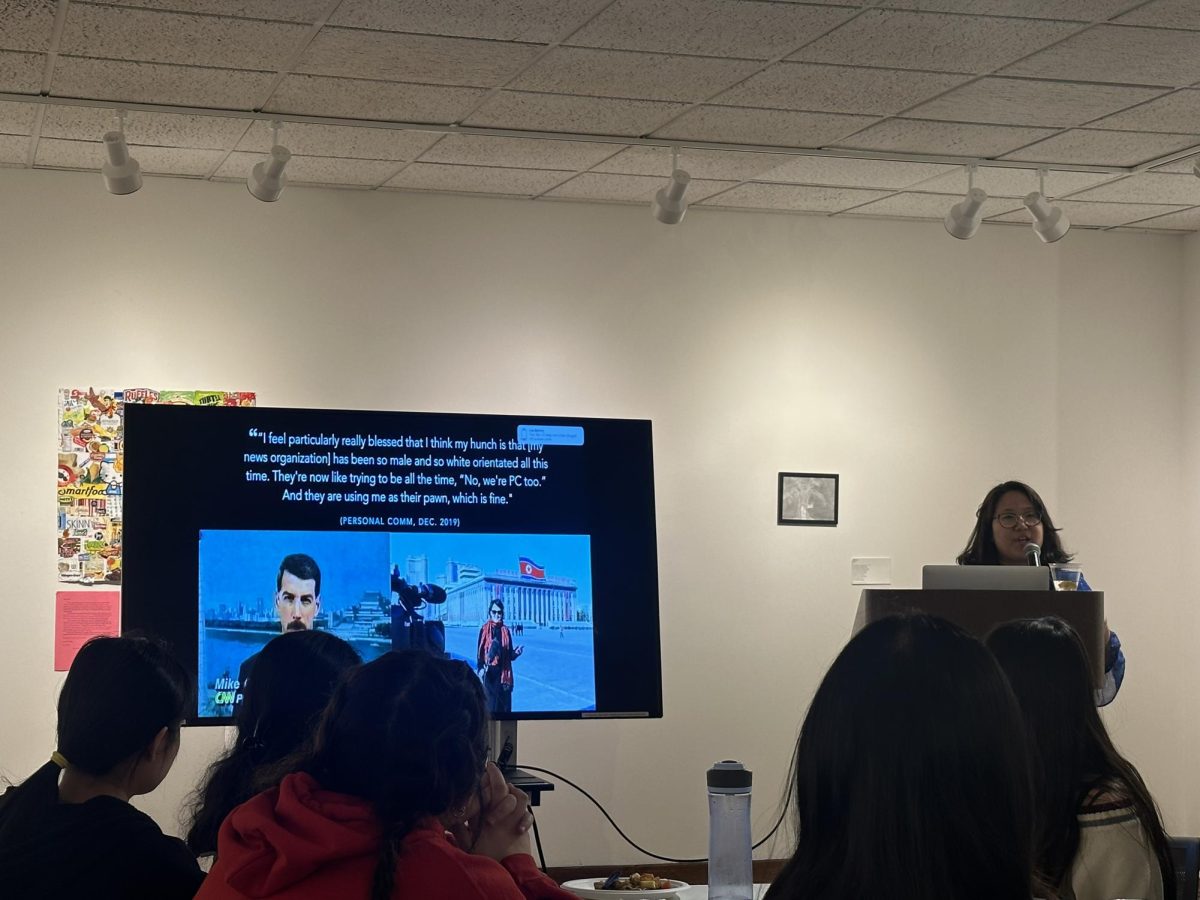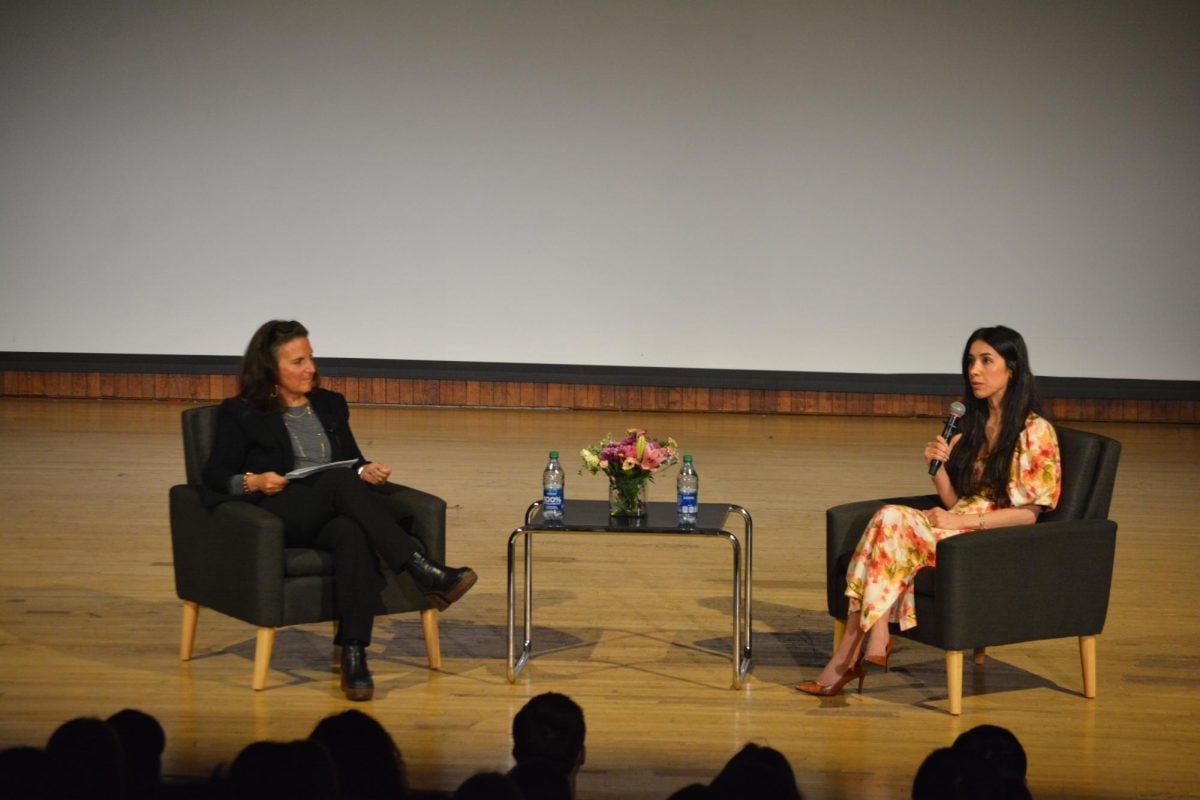
Tide’s “Miracle Stain” ad earned the top mark at the ninth annual Kellogg Superbowl Advertising Review on Sunday, according to a press release published by Kellogg after the game.
The ninth annual Kellogg Super Bowl Advertising Review analyzed the ads for creativity and effectiveness Sunday, while the San Francisco 49ers and Baltimore Ravens battled for the Vince Lombardi Trophy. Tide snagged the top mark from M&M’s, Best Buy, Axe, Wonderful Pistachios and Jeep, all of which were ranked highly, according to the release. Rankings for ads put out by Lincoln and Blackberry fell flat.
Tide’s commercial featured a man whose 49ers jersey is graced with a “miracle stain” when the sauce he drops on it takes the shape of Joe Montana. The stain becomes famous, and the man is agitated when his wife washes it off with Tide at the end of the spot.
“Tide really broke through the clutter with a very engaging spot,” said Kellogg Prof. and event leader Tim Calkins in the release. “At Kellogg, our Review evaluates the ads based on strategic execution and the potential to build brands. Tide, M&M’s and Best Buy all did a terrific job connecting engaging spots to product benefits.”
A panel of approximately 45 students led by Calkins and Kellogg Prof. Derek Rucker used a set of academic criteria known as ADPLAN to rank each of the spots.
According to Rucker, ADPLAN stands for attention, distinction, positioning, linkage, amplification and net equality. The criteria states ads must draw viewers’ attention, be memorable, resonate with their audiences, make an effective link between their ideas and the products, make their desired parts stand out and reflect the product’s brand. The higher an ad scores by fitting into this framework, the more likely it is to be associated with good and sound marketing, Rucker said.
“We differ from other polls by looking at the level of strategic effect,” he said. “Liking of an ad in popular polls is called amplification, and is just one of the factors our students use in their evaluation of an ad.”
According to an article in Forbes, the price of a 30-second Super Bowl ad reached $4 million this year.
Last year the Kellogg Super Bowl Ad Review chose the M&M’s “It’s That Kind of Party” spot as a favorite. “It was iconic, consistent and funny,” Rucker said. “It met all the dimensions.”
Branding is one aspect that Calkins emphasized in making a strong Super Bowl ad. “We are really focused on trying to figure out which ones work,” said Calkins. “We’re trying to see which ones will build sales, or which will build the brand.”
Rucker referred to a 2010 Super Bowl ad for Snickers, where Betty White takes on the part of a football player tackled by a member of the opposing team. Agitated, she asks a girl standing on the sideline for a Snickers bar and morphs back into the younger man playing in the game upon biting into it.
“If you said the Betty White ad,” Rucker said, “I would’ve known you were referring to the Snickers commercial.
The students on the panel evaluate the ads in real time. According to Rucker, there is no rewriting, re-grading, or re-watching of any ads after they’ve aired.
“There is no discussion about the ads until the evaluations are submitted and aggregated,” he said.
Even though some brands release their commercials ahead of the big game, Jim Poon, first-year Kellogg student and first-time participant on the panel, said he will not be watching them before Sunday night.
“I didn’t want to develop a bias,” he said. “I have intentionally tried not to look online at the teasers. But after the game I’ll look back and see what they did.”
Calkins, on the other hand, said he has watched those that have been released already. “I don’t get a vote in this whole process,” said Calkins. “Professor Rucker and I run through the framework, but the students do all the evaluating.”
Suzanne Vranica, advertising and marketing columnist at The Wall Street Journal, said she finds the Kellogg Super Bowl Ad Review to be very enlightening because of who evaluates the ads.
“I actually like getting Kellogg students involved because they give me a good perspective on how the younger audience views the advertising,” she said. “Moreover, since they are also more knowledgeable about marketing, their views tend to be more interesting than your typical young person.”



















